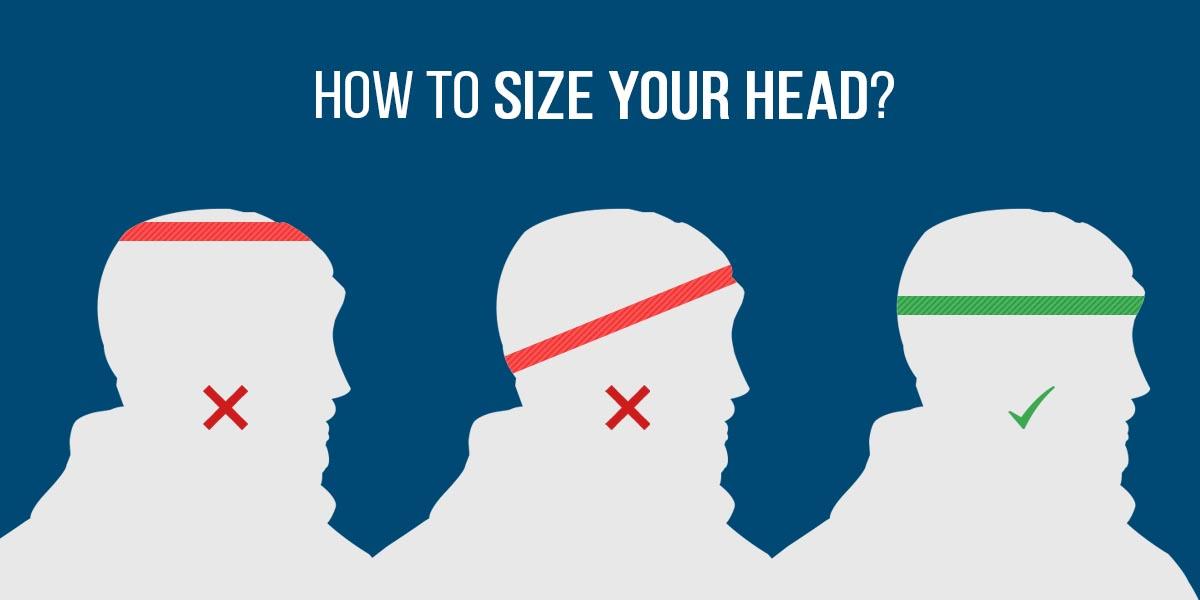What are ski helmets made of?
What features for ski helmets?
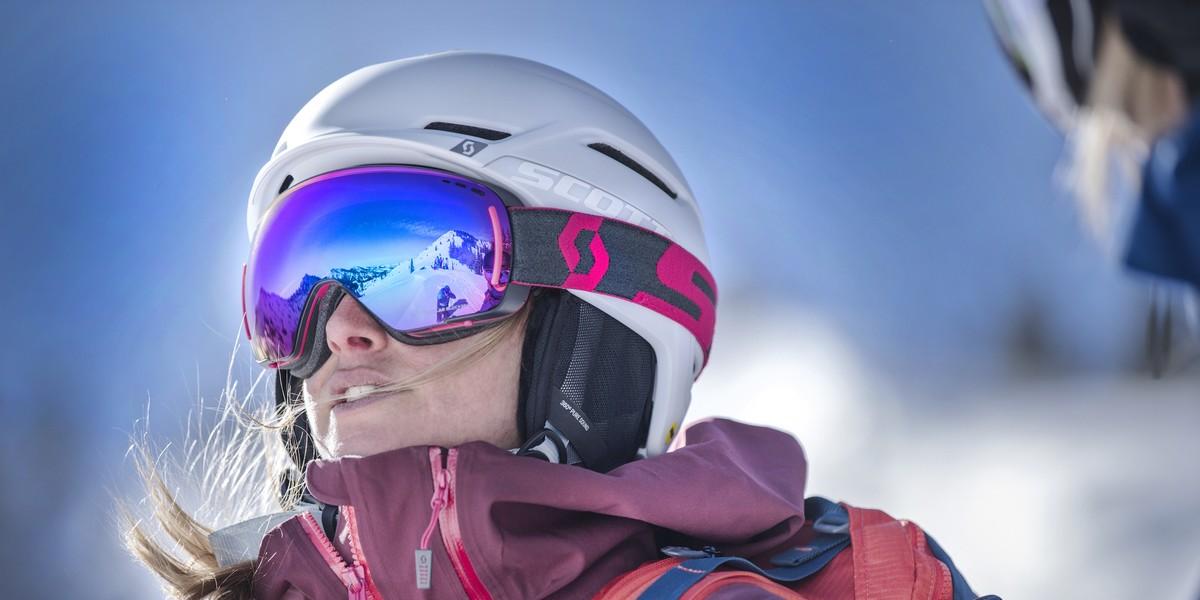
What are the various ski helmet adjustment systems?
This is the most widespread adjustment system on the ski helmet market. From one brand and range to another, the systems may slightly change, offering various degrees of precision and comfort. Some adjust only the back of the helmet, while others operate at 360°, but the principle is always the same: a linkage system, inserted inside the helmet. These systems work well and are easy to use.
Exclusive to Salomon, some of the French brand's helmets are equipped with an air adjustment system. An air cushion is positioned on the back of the skull, and a small manual pump is used to inflate it until the optimal fit is achieved. There's also a bleed button to reduce the air pressure if you've over-inflated. It's a system that really does provide a perfect fit and great comfort, with zero pressure points.
Finally, some brands, such as Smith with its Lifestyle Fit System technology, offer self-adjusting helmets. They work via a complex system of elastics, which allows the helmet to adapt immediately to the size of your head. It follows the skier's head movements for a comfortable fit. It's a lightweight, ultra-practical system that requires no intervention on the part of the skier.
The different kinds of ski helmet ventilation systems

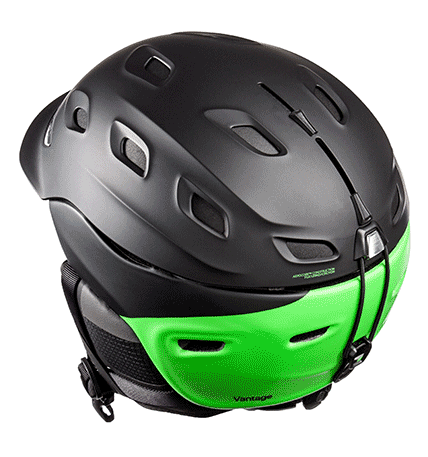
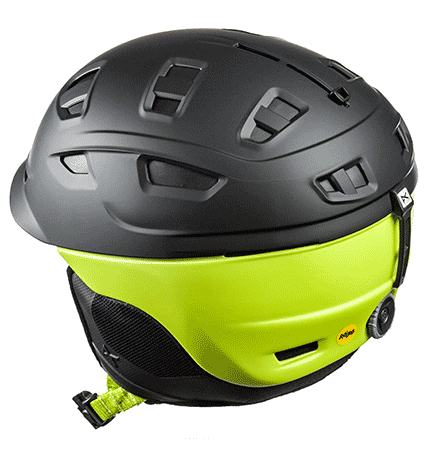
What are the latest technologies used in ski helmets?
Koroyd technology:
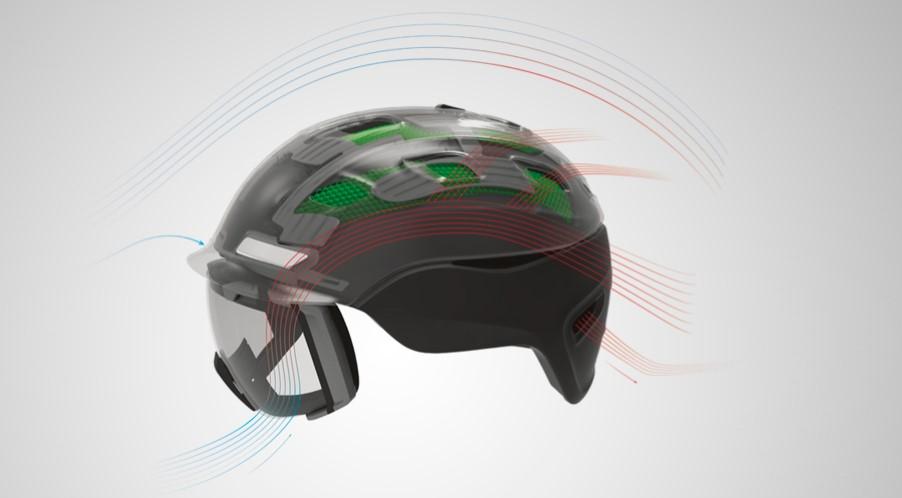
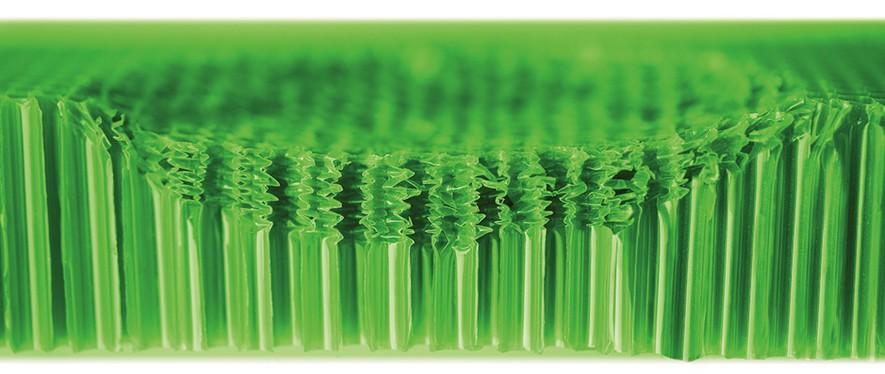
MIPS technology:

What norms and standards apply to ski helmets?
How to size a ski helmet?
